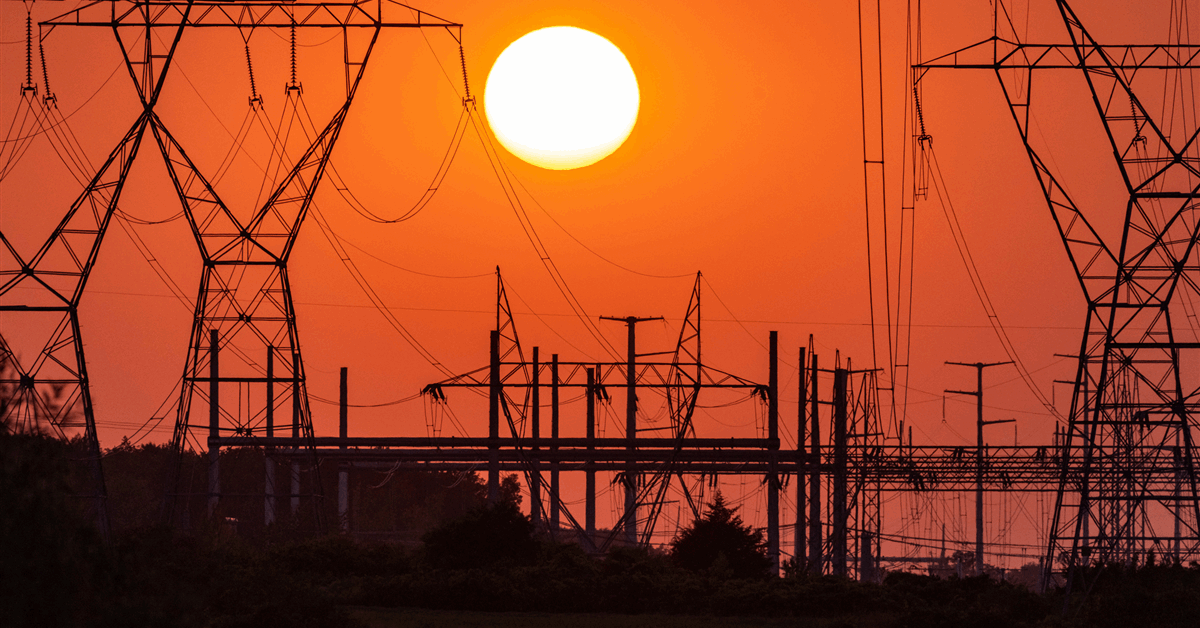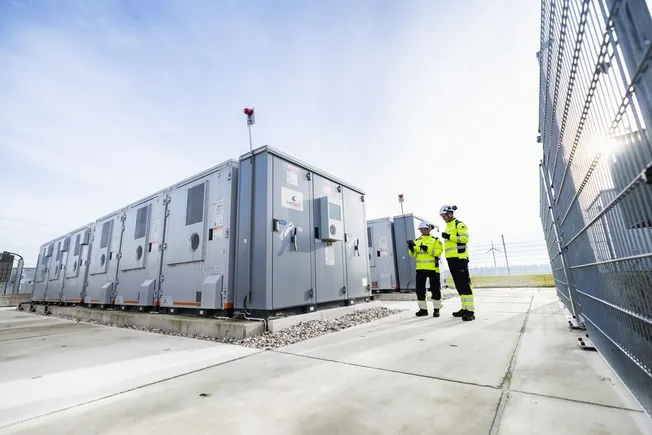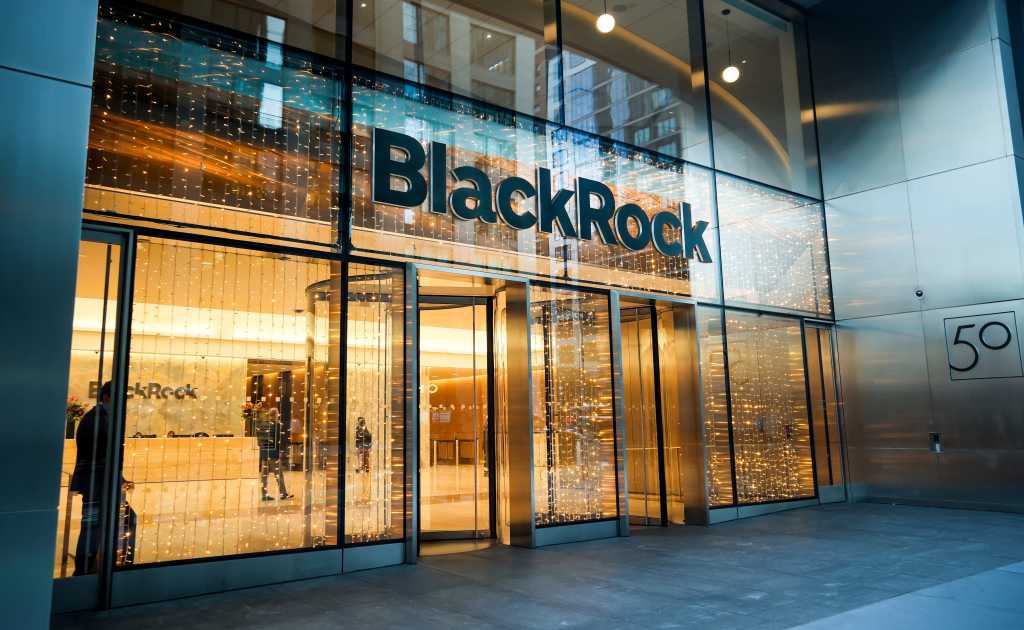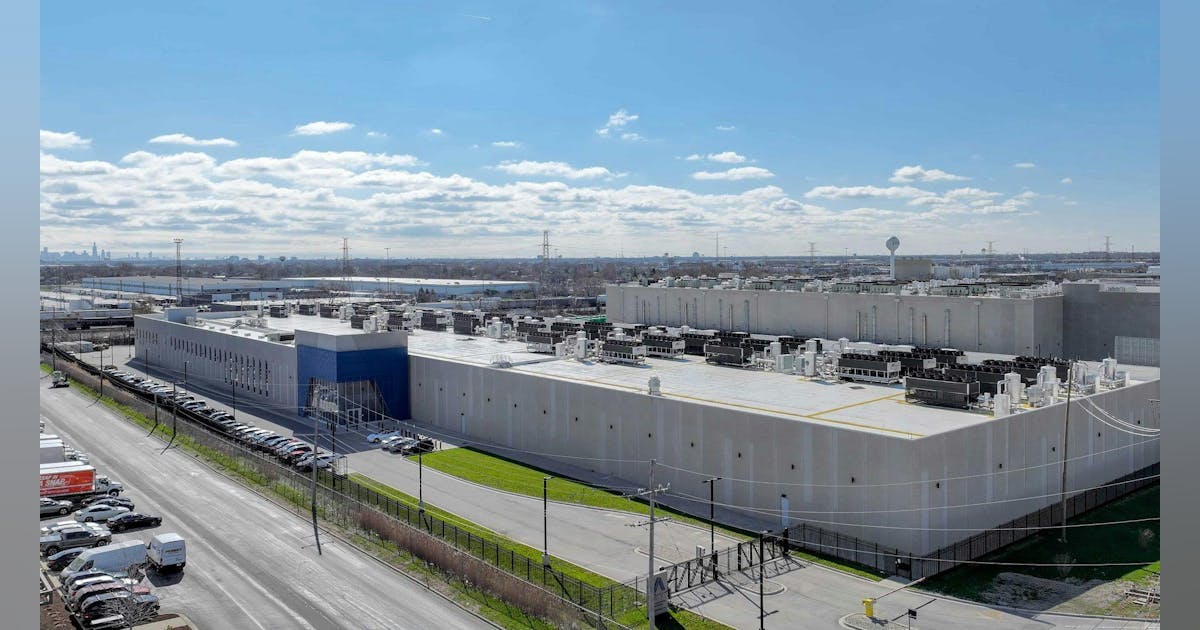
Brent crude is set to dip its feet into the high $50ies per barrel this week, Skandinaviska Enskilda Banken AB (SEB) Chief Commodities Analyst Bjarne Schieldrop warned in a SEB report sent to Rigzone on Monday.
“Brent crude fell 2.3 percent over the week to Friday,” Schieldrop highlighted in the report.
“It closed the week at $61.29 per barrel, a slight gain on the day, but also traded to a low of $60.14 per barrel that same day and just barely avoided trading into the $50ies per barrel,” he added.
“This week looks set for Brent crude to dip its feet in the $50ies per barrel,” he continued.
In the report, Schieldrop said front-end backwardation has been on a weakening foot and warned that “it is now about to fully disappear”.
“The lowest point of the crude oil curve has also moved steadily lower and lower and its discount to the five year contract is now $6.8 per barrel – a solid contango,” he noted.
“The Brent three month contract did actually dip into the $50ies per barrel intraday on Friday when it traded to a low point of $59.93 per barrel,” he added.
Schieldrop went on to warn in the report that more weakness is to come “as lots of oil at sea comes to ports”.
“Mid-East OPEC countries have boosted exports along with lower post summer consumption and higher production,” he said.
“The result is highly visibly in oil at sea which increased by 17 million barrels to 1,311 million barrels over the week to Sunday. Up 185 million barrels since mid-August. On its way to discharge at a port somewhere over the coming month or two,” he added.
Schieldrop noted in the report that the oil market path ahead “is all down to OPEC+”.
“Remember that what is playing out in the oil market now is all by design by OPEC+. The group has decided that the unwind of the voluntary cuts is what it wants to do, in a combination of meeting demand from consumers as well as taking back market share,” he added.
“But we need to remember that how this plays out going forward is all at the mercy of what OPEC+ decides to do. It will halt the unwinding at some point. It will revert to cuts instead of unwind at some point,” he stated.
Schieldrop also noted in the report that SEB thinks OPEC+ needs to see the exit of another 40-50 drilling rigs in the U.S. shale oil patches to set U.S. shale oil production on a path to a one million barrel per day year on year decline from December 25 to December 26.
“We are not there yet,” he added.
“But a 2-3 month period with Brent crude averaging $55 per barrel would probably do it,” he said.
In a report sent to Rigzone by the Standard Chartered team on Friday, Standard Chartered Bank Energy Research Head Emily Ashford said, “escalating trade tensions between the U.S. and China … coupled with cautious optimism about the developing peace accord in the Middle East, has reduced the geopolitical risk premium and triggered ‘risk-off’ in energy markets”.
Ashford also highlighted in the report that the release of the latest monthly market reports “once again highlights concerns over excess supply”.
The Energy Research Head went on to point out in the report that the Brent crude forward curve “has rotated significantly over the past year”.
“Currently, while the very front of the curve is in a small backwardation, from 2026 it is in contango, rising from $62 per barrel to c.$68 per barrel at the back,” Ashford added.
“One year ago, the entire curve was in a moderate backwardation, with the front at c.$74 per barrel and the back anchored at c.$70 per barrel,” Ashford continued.
Ashford said the last time that contango was the dominant curve structure was five years ago, “in the midst of Covid-related turmoil”.
“While this structure appears bearish in the near term, it suggests the market expects price appreciation,” the Standard Chartered Bank representative noted.
The Standard Chartered report highlighted that the company had altered its ICE Brent crude oil price average forecast from $61 per barrel to $68.50 per barrel for 2025, from $78 per barrel to $63.50 per barrel for 2026, and from $83 per barrel to $67 per barrel for 2027.
“We adjust our forecasts to reflect a higher 2025 annual average but lower exit price, and near-term weakness followed by a long-term steady but gradual increase,” Ashford said in the report.
“We see near-term price softness being driven by perceived market oversupply and global demand indicators,” Ashford added.
“Low prices then start to quash U.S. shale output growth and, if sustained, OPEC+’s return of barrels to the market will highlight tightness and geographic concentration of spare capacity, which we expect to be supportive in the medium term,” Ashford continued.
Rigzone has contacted OPEC, the U.S. Department of Energy (DOE), and the American Petroleum Institute (API) for comment on the SEB and Standard Chartered reports. At the time of writing, none of the above have responded to Rigzone.
To contact the author, email [email protected]






















